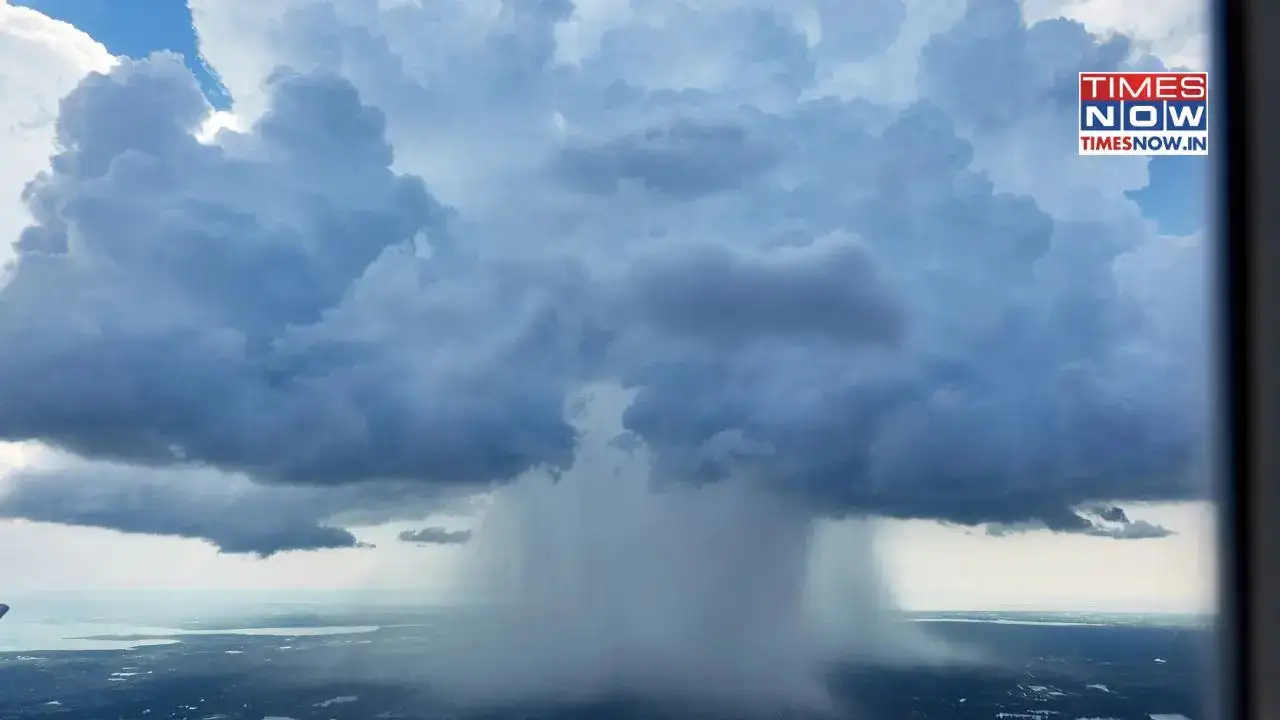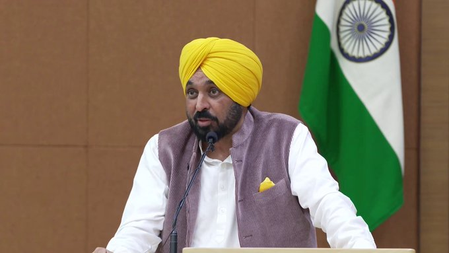Copyright timesnownews

Delhi will soon experience its first ever artificial rain towards the end of this week. This cloud-seeding experiment to induce artificial rain is being conducted with the aim of cleaning the air in one of the most polluted city around the world. The BJP-led Delhi government has proposed using cloud seeding to combat the city’s worsening air pollution, especially post Diwali. Delhi Environment Minister Manjinder Singh Sirsa confirmed that on Thursday (October 23), the first trial flight was conducted, during which seeding flares were launched into the sky. Chief Minister Rekha Gupta said that if weather conditions remain favourable, the capital could witness its first artificial rain on October 29 (Wednesday). With this being such an important experiment for India, there is a chance that questions around cloud seeding might be asked in UPSC Civil Services Prelims 2026. Cloud seeding has earlier appeared frequently in UPSC-relevant question banks (Prelims-style MCQs and Mains practice prompts) used by aspirants, and as a current-affairs topic in coaching analyses. Here are some main points to understand: What is cloud seeding? Cloud seeding is a weather modification technique that is used to generate rainfall by adding certain substances to clouds. These substances such as silver iodide, potassium iodide, or sodium chloride (common salt) act as “cloud condensation nuclei”. This helps water droplets in the atmosphere to cluster together and form raindrops. However, as per reports quoting experts, while cloud seeding is supposed to produce more frequent and heavier rain than the clouds would otherwise release, the effect however is often small. Some experts have also dismissed this experiment as a 'gimmick' by the ruling government. “It is a textbook case of science misapplied and ethics ignored,” Shahzad Gani and Krishna AchutaRao told The Hindu. Also Read | Rain Alert in Delhi Today: Showers Likely Ahead of Cloud Seeding They also warned that there has been little research about the long-term effects of repeated use of the chemicals used in cloud seeding on agriculture and human health. “Snake-oil solutions will not clear the air in Delhi or the rest of North India,” Gani and AchutaRao added. In Delhi, the project is being implemented in partnership with IIT Kanpur, using aircraft to seed areas in and around the capital city. The Delhi cabinet has sanctioned the cloud-seeding trials (five flights/trials planned) at a cost of about Rs 3.2 crore (including equipment, logistics, aircraft use). UPSC relevance Treat cloud seeding as a topic that can appear (especially in Prelims) under “Environment / Science & Tech / Geography” (weather modification, artificial rain, agents, limitations) and prepare accordingly. 1. Conceptual Understanding Q1. With reference to Cloud Seeding, consider the following statements: It is a weather modification technique that aims to induce precipitation from existing clouds. Silver iodide and dry ice are commonly used as seeding agents. Cloud seeding can only be carried out during the monsoon season. Which of the statements given above is/are correct? (a) 1 and 2 only (b) 2 and 3 only (c) 1 only (d) 1, 2 and 3 Answer: (a) Explanation: It is done when suitable clouds exist, not restricted to monsoon. Common agents include silver iodide, dry ice, and potassium iodide. 2. Application-Based Q2. Cloud seeding has been undertaken in India primarily for which of the following purposes? Enhancing rainfall in drought-prone regions Suppressing hailstorms Reducing air pollution levels Generating artificial snow for tourism Select the correct answer using the code below: (a) 1 and 2 only (b) 1, 2 and 3 only (c) 2, 3 and 4 only (d) 1, 2, 3 and 4 Answer: (b) Explanation: India has used cloud seeding mainly for rainfall augmentation and hail suppression. Pollution reduction trials are still experimental. 3. Science and Mechanism Q3. In the process of cloud seeding, the role of substances like silver iodide is to— (a) Lower the temperature of the cloud to cause condensation (b) Act as nuclei for condensation and ice crystal formation (c) Absorb moisture and increase humidity in the air (d) Break up existing clouds to prevent heavy rainfall Answer: (b) Explanation: Silver iodide has a crystal structure similar to ice, helping water vapor condense or freeze around it. 4. Environment and Ethics Q4. Consider the following possible concerns regarding large-scale cloud seeding operations: Uncertain effectiveness and unpredictability of rainfall results Possible chemical contamination of soil and water Transboundary weather disputes between neighbouring regions Which of the above are valid concerns? (a) 1 and 2 only (b) 2 and 3 only (c) 1, 2 and 3 (d) 1 only Answer: (c) Explanation: All are valid concerns — scientific uncertainty, chemical effects, and regional disputes over induced rainfall. 5. Current Affairs Link Q5. Recently, cloud seeding was proposed in Delhi to tackle severe air pollution. In this context, which of the following conditions are essential for successful cloud seeding? Presence of suitable moisture-bearing clouds High wind velocity at upper tropospheric levels Low temperature conducive to condensation Clear skies for better visibility Select the correct code: (a) 1 and 3 only (b) 1, 2 and 3 only (c) 2 and 4 only (d) 1, 3 and 4 only Answer: (a) Explanation: Moisture-laden clouds and favorable low temperatures are required; high winds and clear skies are not. The UPSC Prelims 2026 exam is scheduled for May 24, 2026 (Sunday). As per the examination schedule released by the Commission, the official notification will be released on January 14, 2026, with the application period running from January 14 to February 3, 2026. The competitive exam consists of two papers: General Studies Paper I and the Civil Services Aptitude Test (CSAT), which is a qualifying paper.



